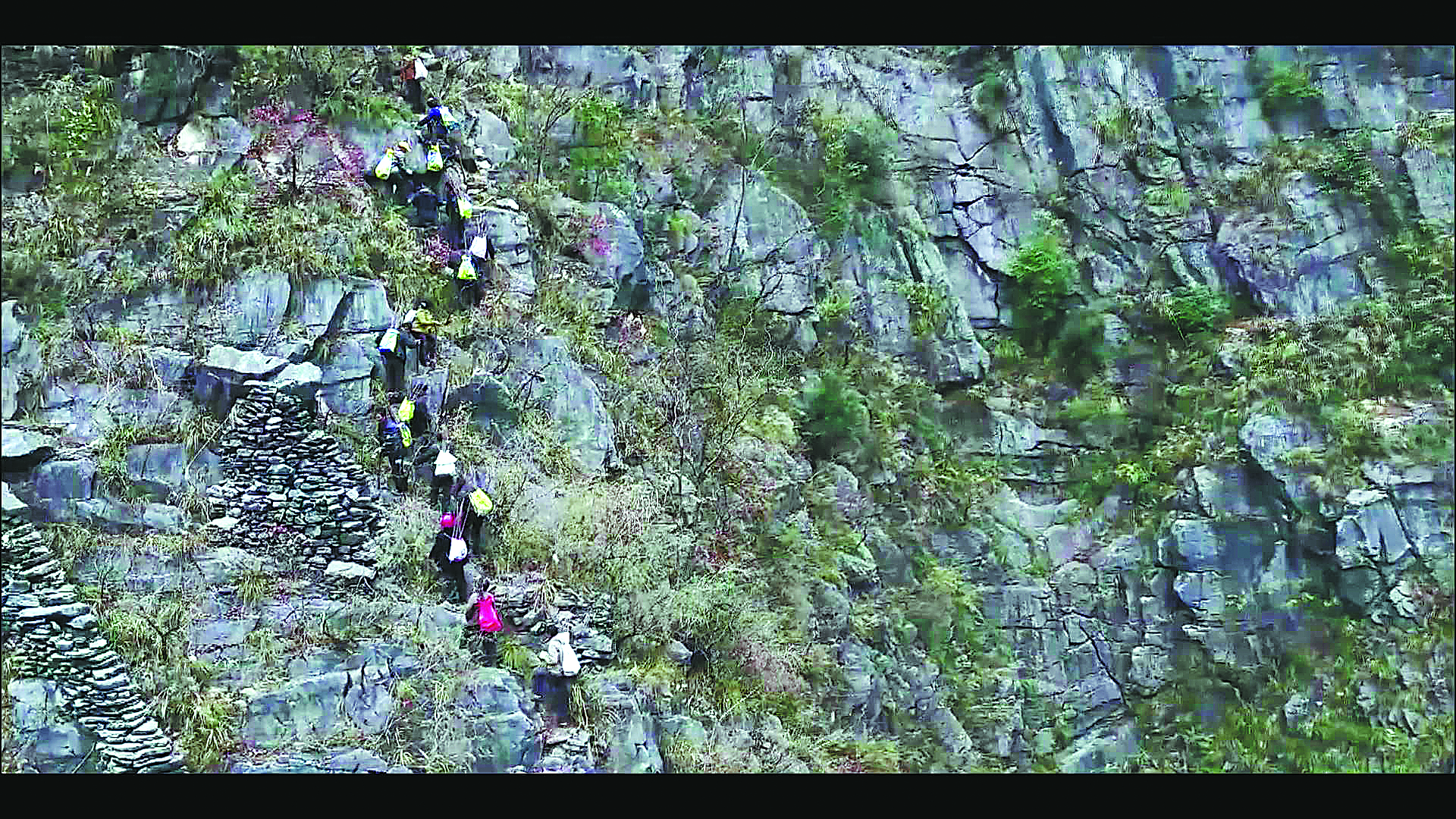Barren to lush, Ningchang's new forests bloom


According to Chen Hui, who works at the local forestry bureau's ecological restoration department, the degradation of the land around Ningchang was directly related to salt-making. At first, inhabitants cut down trees for fuel to boil the water they took from a natural brine spring to extract salt. When they later switched to using coal, vast quantities of mountain soil were dug up for clay, which was mixed with leftover coal powder to make coal balls.
As a result, Chen said, "natural recovery became almost impossible".
Green development is one of the key concepts in the 14th Five-Year Plan (2021-25), under which China has pledged to boost low-carbon development and the efficient and safe use of clean energy, decrease carbon intensity and help different areas of the country reach peak carbon dioxide emissions as early as possible.
Afforestation is playing a role in the national effort to meet the country's upgraded international commitments to mitigate climate change.
To begin the healing of the barren mountains, about 200 people, including Lin's group of 65, were asked by the local government to help plant trees in Ningchang's Guanshan Forest Center over a three-month period in October 2017.
"It wasn't easy," said Lin, adding that his group had to plant trees on loose, rocky cliffsides with gradients of up to 80 degrees and heights of nearly 400 meters. Footing in places was less than 50 centimeters wide.
"A single mistake up there could be a disaster," he said.
To ease concerns, Lin took the lead when it came to planting, demonstrating safety and planting procedures.
To plant saplings in the steepest areas, Lin divided his team, mostly male farmers, into smaller groups of three to four people. The youngest adult in each group, known as the "gecko man", was lowered to the planting site on a rope by his teammates, who stood above where footing was relatively flat and stable.
After the tools were lowered, the "gecko" dug a pit shaped like a fish scale or a semicircle, 1.3 meters across and about a meter deep. To maximize water retention, soil, sand and fertilizer were then lowered to fill the pit. Once the sapling was planted, the "gecko" was hoisted back up again.
Lin said that his group dug more than 60,000 pits and that they had to carry everything by hand, including saplings, soil, sand, water and tools. Sometimes, they'd lower the "gecko" up and down the cliffs 20 or more times a day.
Lin said injuries from falling rocks were common, but that didn't stop any of them.
In close to three months, nearly 200,000 saplings-including liana, maple, yellow locust and triangle plum-were planted over 136 hectares of steep, rocky land, about half of which was done by Lin and his group.
Now, the mountains have a new look. With deeply-rooted trees, they are green and flourishing, and according to the forestry bureau, over 95 percent of the saplings have survived.























